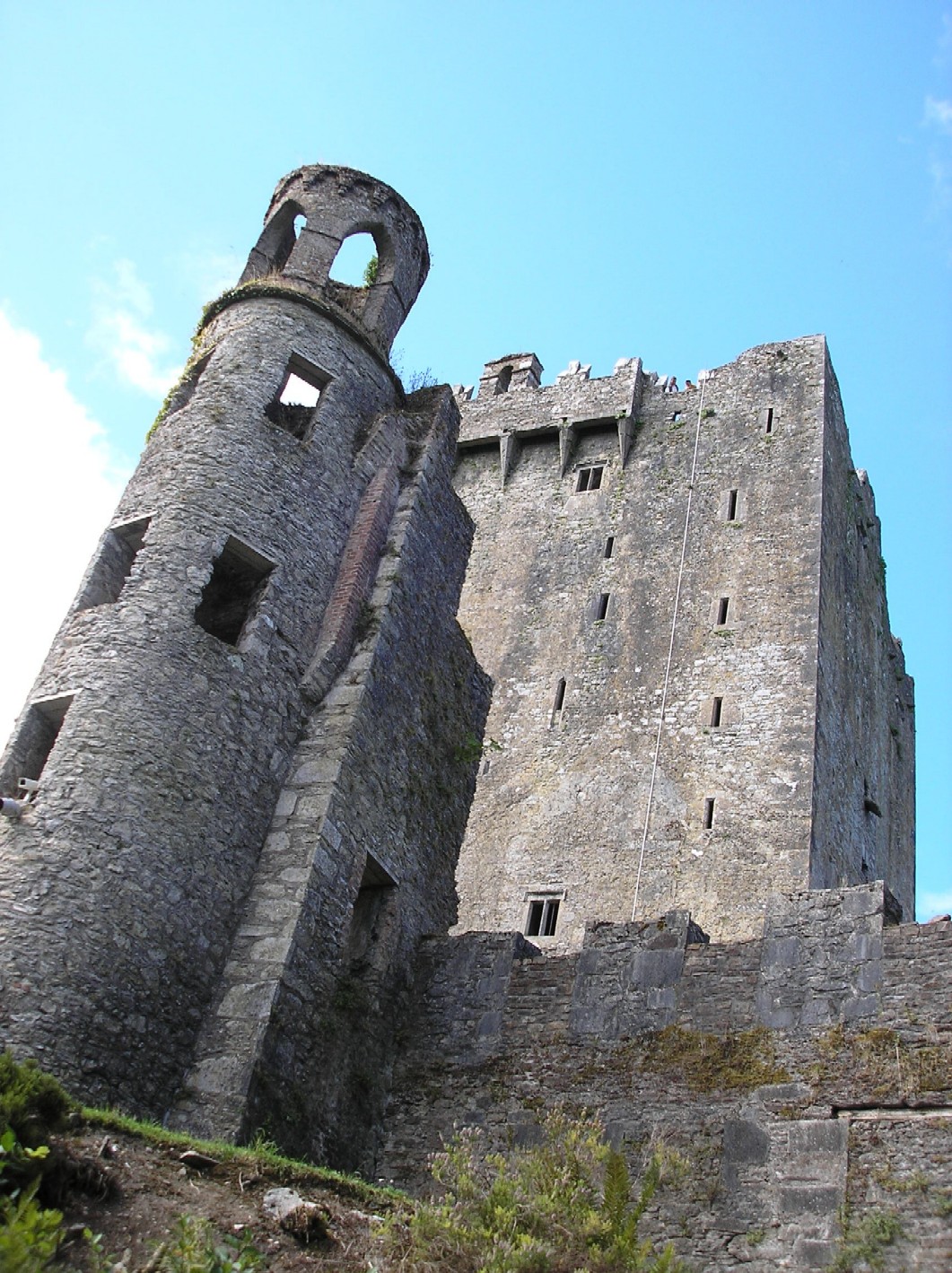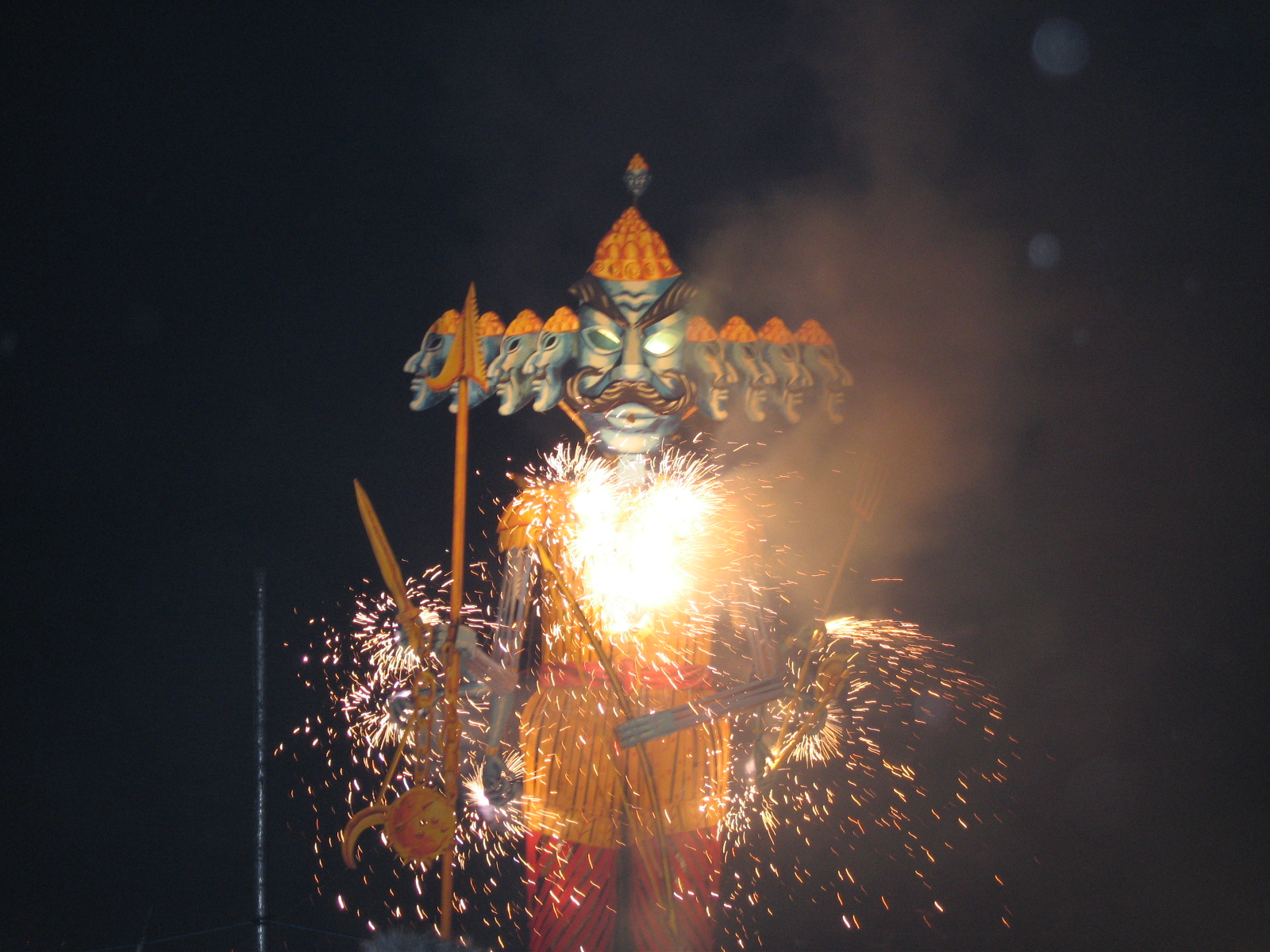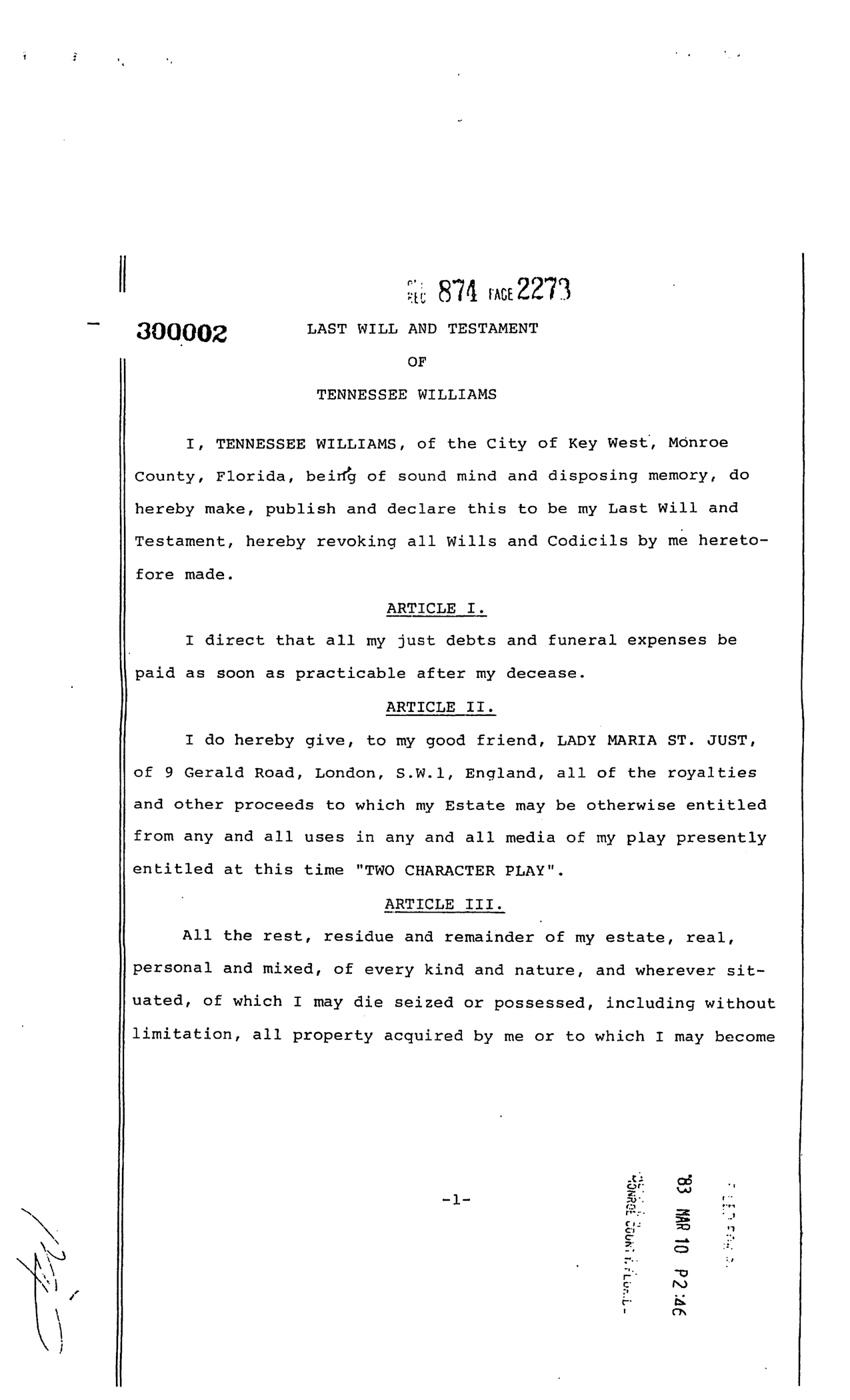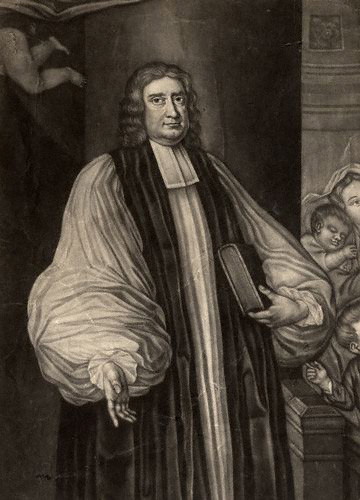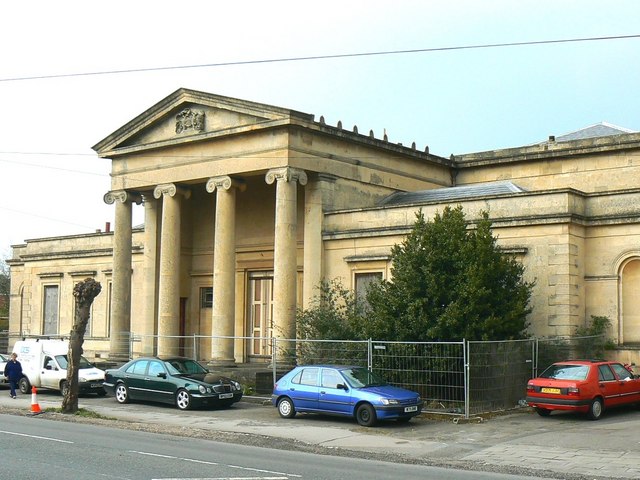|
Eaton Stannard
Eaton Stannard (1685–1755) was a leading politician and lawyer in 18th-century Ireland. He was a popular Recorder of Dublin, a very unpopular serjeant-at-law (Ireland), and an experienced parliamentarian who represented Midleton in the Irish House of Commons for many years.Hart, A.R. ''History of the King's Serjeants at law in Ireland'', Dublin Four Courts Press (2000), p. 182. He is mainly remembered now as a close friend of Jonathan Swift, whose last known letter was written to him. Family He was born in County Cork, son of George Stannard of Ballyhealy, and his wife and cousin Martha Aldworth, daughter of Boyd Aldworth MP. George was the grandson of Captain Robert Stannard of Kilmallock (died 1655). Robert married Martha Travers, daughter of Sir Robert Travers, Judge of the Irish Court of Admiralty and MP for Clonakilty and his second wife Elizabeth Boyle, a cousin of the Earl of Cork.''Journal of the Cork Historical and Archaeological Society'' (1896), vol. 2, p. 324. The ... [...More Info...] [...Related Items...] OR: [Wikipedia] [Google] [Baidu] |
Eaton Stannard
Eaton Stannard (1685–1755) was a leading politician and lawyer in 18th-century Ireland. He was a popular Recorder of Dublin, a very unpopular serjeant-at-law (Ireland), and an experienced parliamentarian who represented Midleton in the Irish House of Commons for many years.Hart, A.R. ''History of the King's Serjeants at law in Ireland'', Dublin Four Courts Press (2000), p. 182. He is mainly remembered now as a close friend of Jonathan Swift, whose last known letter was written to him. Family He was born in County Cork, son of George Stannard of Ballyhealy, and his wife and cousin Martha Aldworth, daughter of Boyd Aldworth MP. George was the grandson of Captain Robert Stannard of Kilmallock (died 1655). Robert married Martha Travers, daughter of Sir Robert Travers, Judge of the Irish Court of Admiralty and MP for Clonakilty and his second wife Elizabeth Boyle, a cousin of the Earl of Cork.''Journal of the Cork Historical and Archaeological Society'' (1896), vol. 2, p. 324. The ... [...More Info...] [...Related Items...] OR: [Wikipedia] [Google] [Baidu] |
Orator
An orator, or oratist, is a public speaker, especially one who is eloquent or skilled. Etymology Recorded in English c. 1374, with a meaning of "one who pleads or argues for a cause", from Anglo-French ''oratour'', Old French ''orateur'' (14th century), Latin ''orator'' ("speaker"), from ''orare'' ("speak before a court or assembly; plead"), derived from a Proto-Indo-European base *''or-'' ("to pronounce a ritual formula"). The modern meaning of the word, "public speaker", is attested from c. 1430. History In ancient Rome, the art of speaking in public (''Ars Oratoria'') was a professional competence especially cultivated by politicians and lawyers. As the Greeks were still seen as the masters in this field, as in philosophy and most sciences, the leading Roman families often either sent their sons to study these things under a famous master in Greece (as was the case with the young Julius Caesar), or engaged a Greek teacher (under pay or as a slave). In the young revolutionar ... [...More Info...] [...Related Items...] OR: [Wikipedia] [Google] [Baidu] |
Blarney
Blarney () is a suburban town within the administrative area of Cork City in Ireland. It is located approximately north-west of the city centre. It is the site of Blarney Castle, home of the legendary Blarney Stone. Blarney is part of the Dáil constituency of Cork North-Central. It is surrounded by the suburban villages of Tower, Cloghroe and Kerry Pike, all on the outskirts of Cork City. Tourism Blarney town is a major tourist attraction in Cork. Mostly people come to see the castle, kiss the stone, and to shop at the Blarney Woollen Mills. Blarney Stone By kissing the Blarney Stone at Blarney Castle, it is claimed that one can receive the "Gift of the Gab" (eloquence, or skill at flattery or persuasion). The legend has several suggested roots, involving members of the MacCarthy dynasty – builders and original owners of Blarney Castle. Blarney Woollen Mills Built in 1823, Blarney Woollen Mills was originally known as Mahony's Mills. It was a water-powered mill, produci ... [...More Info...] [...Related Items...] OR: [Wikipedia] [Google] [Baidu] |
St Stephen's Green
St Stephen's Green () is a garden square and public park located in the city centre of Dublin, Ireland. The current landscape of the park was designed by William Sheppard. It was officially re-opened to the public on Tuesday, 27 July 1880 by Lord Ardilaun. The square is adjacent to one of Dublin's main shopping streets, Grafton Street, and to a shopping centre named after it, while on its surrounding streets are the offices of a number of public bodies as well as a stop on one of Dublin's Luas tram lines. It is often informally called Stephen's Green. At , it is the largest of the parks in Dublin's main Georgian garden squares. Others include nearby Merrion Square and Fitzwilliam Square. The park is rectangular, surrounded by streets that once formed major traffic arteries through Dublin city centre, although traffic management changes implemented in 2004 during the course of the Luas works have greatly reduced the volume of traffic. These four bordering streets are called, res ... [...More Info...] [...Related Items...] OR: [Wikipedia] [Google] [Baidu] |
Effigy
An effigy is an often life-size sculptural representation of a specific person, or a prototypical figure. The term is mostly used for the makeshift dummies used for symbolic punishment in political protests and for the figures burned in certain traditions around New Year, Carnival and Easter. In European cultures, effigies were in the past also used for punishment in formal justice, when the perpetrator could not be apprehended, and in popular justice practices of social shaming and exclusion. Additionally, "effigy" is used for certain traditional forms of sculpture, namely tomb effigies, funeral effigies and coin effigies. There is a large overlap and exchange between the ephemeral forms of effigies. Traditional holiday effigies are often politically charged, for instance, when the generalised figures Año Viejo (the Old Year) or Burning of Judas, Judas in Latin America are substituted by the effigy of a despised politician. Traditional forms are also borrowed for political p ... [...More Info...] [...Related Items...] OR: [Wikipedia] [Google] [Baidu] |
Anthony Malone
Anthony Malone (5 December 1700 – 8 May 1776) was an Irish lawyer and politician. Life The eldest son of Richard Malone of Baronston (or Baronstown) House, Ballynacarrigy, County Westmeath, who was a barrister like his three eldest sons, and Marcella, daughter of Redmond Molady of Robertstown, County Kildare and his wife Mary, a Malone cousin, he was born on 5 December 1700; the noted Shakespearean scholar Edmond Malone was his nephew, son of Edmond Malone senior, and a younger brother, Richard Malone (1706–1759) was M.P. for Fore from 1741 to his death. All three brothers held the office of Serjeant-at-law, but only Edmond was appointed a High Court judge, sitting in the Court of Common Pleas (Ireland). Anthony was educated at Mr. Young's school in Abbey Street, Dublin, and on 6 April 1720 was admitted a gentleman-commoner of Christ Church, Oxford. After two years at university, he entered the Middle Temple, and was called to the Irish Bar in May 1726. In 1737 he was crea ... [...More Info...] [...Related Items...] OR: [Wikipedia] [Google] [Baidu] |
Baron Howth
Baron is a rank of nobility or title of honour, often Hereditary title, hereditary, in various European countries, either current or historical. The female equivalent is baroness. Typically, the title denotes an aristocrat who ranks higher than a lord or knight, but lower than a viscount or count. Often, barons hold their fief – their lands and income – directly from the monarch. Barons are less often the vassals of other nobles. In many kingdoms, they were entitled to wear a smaller form of a crown called a ''coronet''. The term originates from the Late Latin, Latin term , via Old French. The use of the title ''baron'' came to England via the Norman Conquest of 1066, then the Normans brought the title to Scotland and Italy. It later spread to Scandinavia and Slavic lands. Etymology The word '':wikt:baron, baron'' comes from the Old French , from a Late Latin "man; servant, soldier, mercenary" (so used in Salic law; Alemannic law has in the same sense). The scholar ... [...More Info...] [...Related Items...] OR: [Wikipedia] [Google] [Baidu] |
Will (law)
A will or testament is a legal document that expresses a person's (testator) wishes as to how their property ( estate) is to be distributed after their death and as to which person ( executor) is to manage the property until its final distribution. For the distribution (devolution) of property not determined by a will, see inheritance and intestacy. Though it has at times been thought that a "will" historically applied only to real property while "testament" applied only to personal property (thus giving rise to the popular title of the document as "last will and testament"), the historical records show that the terms have been used interchangeably. Thus, the word "will" validly applies to both personal and real property. A will may also create a testamentary trust that is effective only after the death of the testator. History Throughout most of the world, the disposition of a dead person's estate has been a matter of social custom. According to Plutarch, the written will was ... [...More Info...] [...Related Items...] OR: [Wikipedia] [Google] [Baidu] |
Executors
An executor is someone who is responsible for executing, or following through on, an assigned task or duty. The feminine form, executrix, may sometimes be used. Overview An executor is a legal term referring to a person named by the maker of a will or nominated by the testator to carry out the instructions of the will. Typically, the executor is the person responsible for offering the will for probate, although it is not required that they fulfill this. The executor's duties also include disbursing property to the beneficiaries as designated in the will, obtaining information of potential heirs, collecting and arranging for payment of debts of the estate and approving or disapproving creditors' claims. An executor will make sure estate taxes are calculated, necessary forms are filed, and . They will also assist the attorney with the estate. Additionally, the executor acts as a legal conveyor who designates where the donations will be sent using the information left in ''beque ... [...More Info...] [...Related Items...] OR: [Wikipedia] [Google] [Baidu] |
Archbishop Of Armagh
In Christian denominations, an archbishop is a bishop of higher rank or office. In most cases, such as the Catholic Church, there are many archbishops who either have jurisdiction over an ecclesiastical province in addition to their own archdiocese ( with some exceptions), or are otherwise granted a titular archbishopric. In others, such as the Lutheran Church of Sweden and the Church of England, the title is borne by the leader of the denomination. Etymology The word archbishop () comes via the Latin ''archiepiscopus.'' This in turn comes from the Greek , which has as components the etymons -, meaning 'chief', , 'over', and , 'seer'. Early history The earliest appearance of neither the title nor the role can be traced. The title of "metropolitan" was apparently well known by the 4th century, when there are references in the canons of the First Council of Nicæa of 325 and Council of Antioch of 341, though the term seems to be used generally for all higher ranks of bishop, ... [...More Info...] [...Related Items...] OR: [Wikipedia] [Google] [Baidu] |
Hugh Boulter
Hugh Boulter (4 January 1672 – 27 September 1742) was the Church of Ireland Archbishop of Armagh, the Primate of All Ireland, from 1724 until his death. He also served as the chaplain to George I from 1719. Background and education Boulter was born in London, son of John Boulter, described as a man of "good reputation and estate", and was educated at Merchant Taylors' School before attending Christ Church, Oxford. However, after only a year at Christ Church, he transferred to Magdalen College. Career After leaving the university in 1700 Boulter served as a chaplain to several prominent individuals, including Sir Charles Hedges, the Secretary of State for the North, and Thomas Tenison, the Archbishop of Canterbury, before being awarded his D.D. in 1708. After spending seven years working as a rector, Boulter was appointed as the archdeacon of Surrey in 1715. In 1719 Boulter was announced as the successor to George Smalridge as both the Dean of Christ Church and as the Bishop ... [...More Info...] [...Related Items...] OR: [Wikipedia] [Google] [Baidu] |
Assize
The courts of assize, or assizes (), were periodic courts held around England and Wales until 1972, when together with the quarter sessions they were abolished by the Courts Act 1971 and replaced by a single permanent Crown Court. The assizes exercised both civil and criminal jurisdiction, though most of their work was on the criminal side. The assizes heard the most serious cases, which were committed to it by the quarter sessions (local county courts held four times per year), while the more minor offences were dealt with summarily by justices of the peace in petty sessions (also known as magistrates' courts). The word ''assize'' refers to the sittings or sessions (Old French ''assises'') of the judges, known as "justices of assize", who were judges who travelled across the seven circuits of England and Wales on commissions of "oyer and terminer", setting up court and summoning juries at the various assize towns. Etymology Middle English < |

